China's H2 2025 Economic Agenda: Emphasis on Market Integration and Marine Development
In a mid-year meeting of China's top economic planning body, officials outlined two key structural priorities for the remainder of 2025: accelerating the development of a unified national market and advancing the high-quality development of the marine economy. These directions come as China seeks to maintain stability amid persistent global headwinds and uneven domestic recovery.
The meeting, led by the Chinese Chairman, emphasized that these initiatives are essential to meeting the country's full-year development targets.

National Market Integration: Streamlining Fragmentation
Policymakers called for unified rules across market infrastructure, regulatory enforcement, and resource allocation. Specific policy actions include:
Coordinating factor markets to reduce regional segmentation
Standardizing government procurement and bidding mechanisms
Regulating local government investment practices to avoid distortion
Enabling domestic sales of export-oriented products
According to Hu Qimu, deputy secretary-general of the Forum 50 for Digital-Real Economies Integration, creating a unified national market would allow enterprises to allocate resources more efficiently and compete on quality rather than price. He also noted that tightening oversight of low-price competition could help shift industrial focus toward innovation and specialization.
This approach reflects a broader ambition to modernize domestic market institutions while improving integration between domestic and international trade systems, according to Wang Peng, associate research fellow at the Beijing Academy of Social Sciences.
Marine Economy as a New Growth Pole
The marine economy was singled out as a strategic area for future expansion. Key priorities include:
Boosting marine technological innovation capacity
Encouraging private capital in marine-related industries
Enhancing marine ecological protection
Deepening international cooperation on marine science, disaster mitigation, and the blue economy
Officials noted that as China's industrial technology matures and application scenarios broaden, untapped marine resources could contribute to new energy, materials, and consumer goods markets.
Hu noted that marine development offers potential not only for growth but also for upgrading consumption structures, especially as new marine-derived consumer products enter the market. Wang added that independent innovation in this field could support trillion-yuan industrial clusters.
Macro Indicators Point to Gradual Stabilization
Despite external volatility and soft demand, economic data from the first half of 2025 indicates improving momentum:
Retail sales grew 6.4% year-on-year in May, the fastest pace since 2024
Industrial value-added output rose 5.8%in the same month
Exports remained a stabilizing factor, supporting overall external trade
According to Li Chao, spokesperson for the National Development and Reform Commission (NDRC), stable growth across agriculture, industry, and services suggests that policy measures have begun to take effect. Consumption and investment are gradually expanding, while employment policies and production incentives have provided further support.
Hu believes the H2 policy focus will remain on consumption recovery, inventory reduction, employment stabilization, and targeted investment expansion.
Targeted Measures to Support Demand
On June 24, the central bank and five government agencies issued 19 measures to promote consumption, including:
Enhanced financial services for consumer goods and services
Support for durable goods trade-in programs
Credit expansion to underserved consumer segments
To support these goals, the NDRC is set to issue another batch of ultra-long special treasury bondsin July.
Wang noted that AI integration with manufacturing and industrial software is likely to fuel high-tech productivity in the second half of the year, aligning with broader efforts to transition from traditional growth models.
Global Outlook and Investor Confidence
While global institutions such as the World Bank and OECD have trimmed their 2025 global growth forecasts, their outlooks for China remain stable. Investment banks including Deutsche Bank, Goldman Sachs, and Morgan Stanley have raised their GDP forecasts for China, citing improving consumption data and active policy execution.
Li Chao stated that with the ongoing rollout of existing measures and new policies in reserve, China has the tools to mitigate external risks and ensure continued recovery.









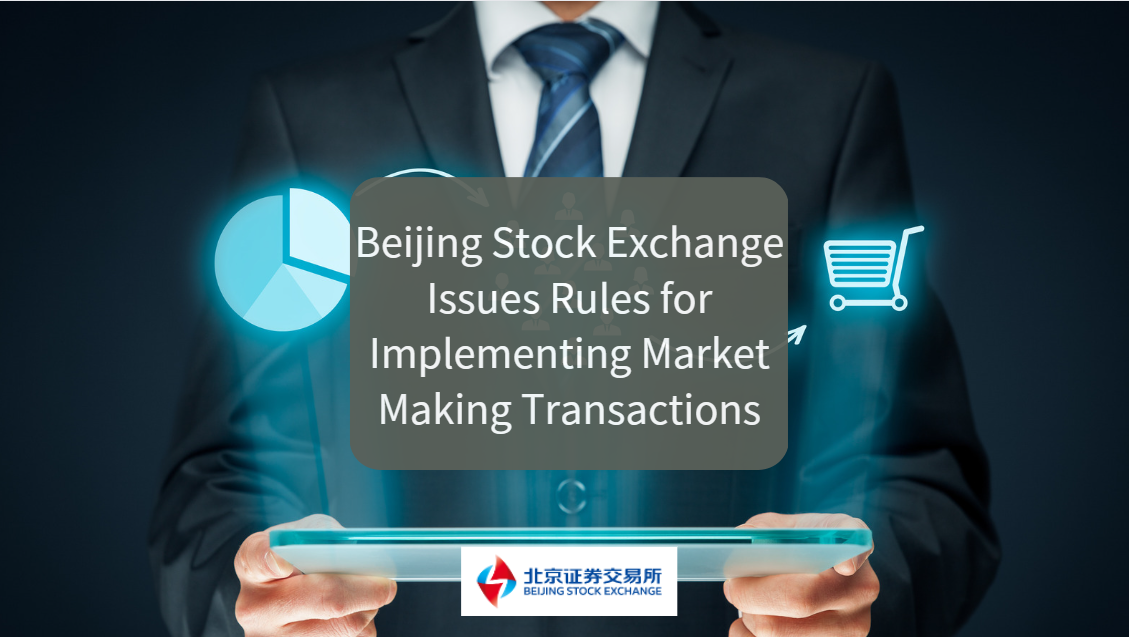

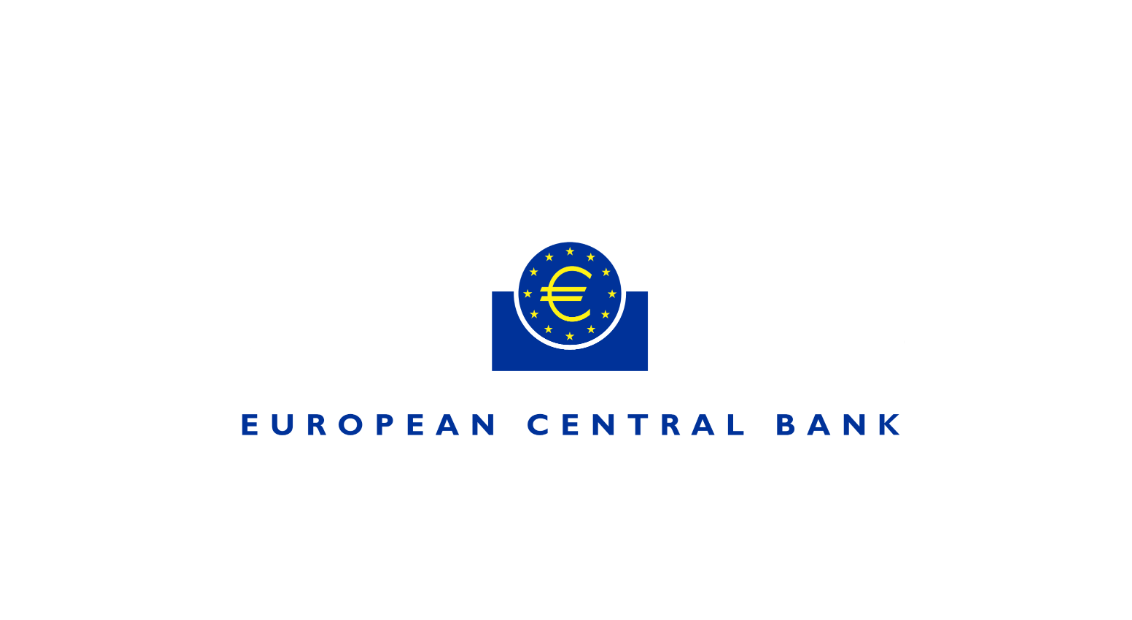
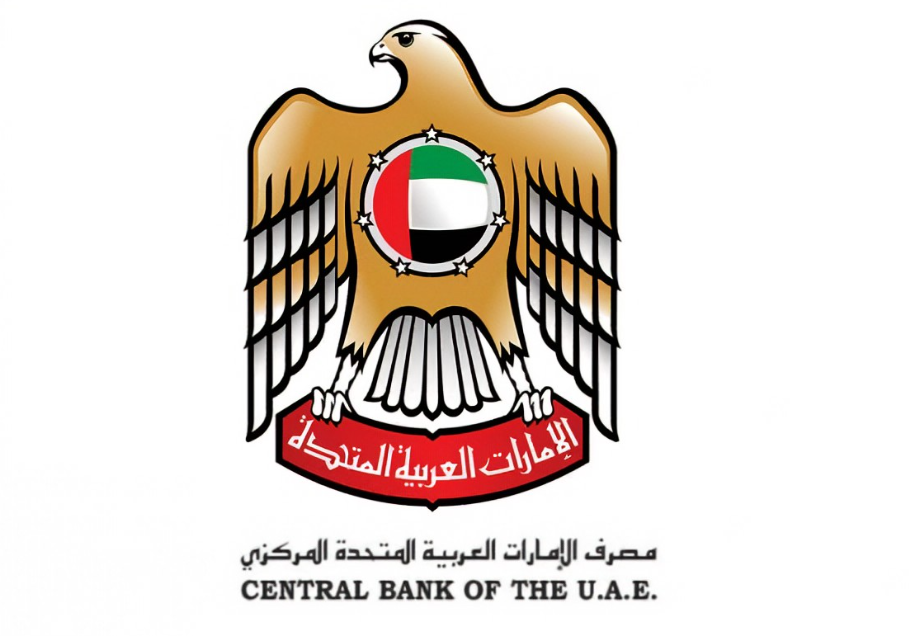
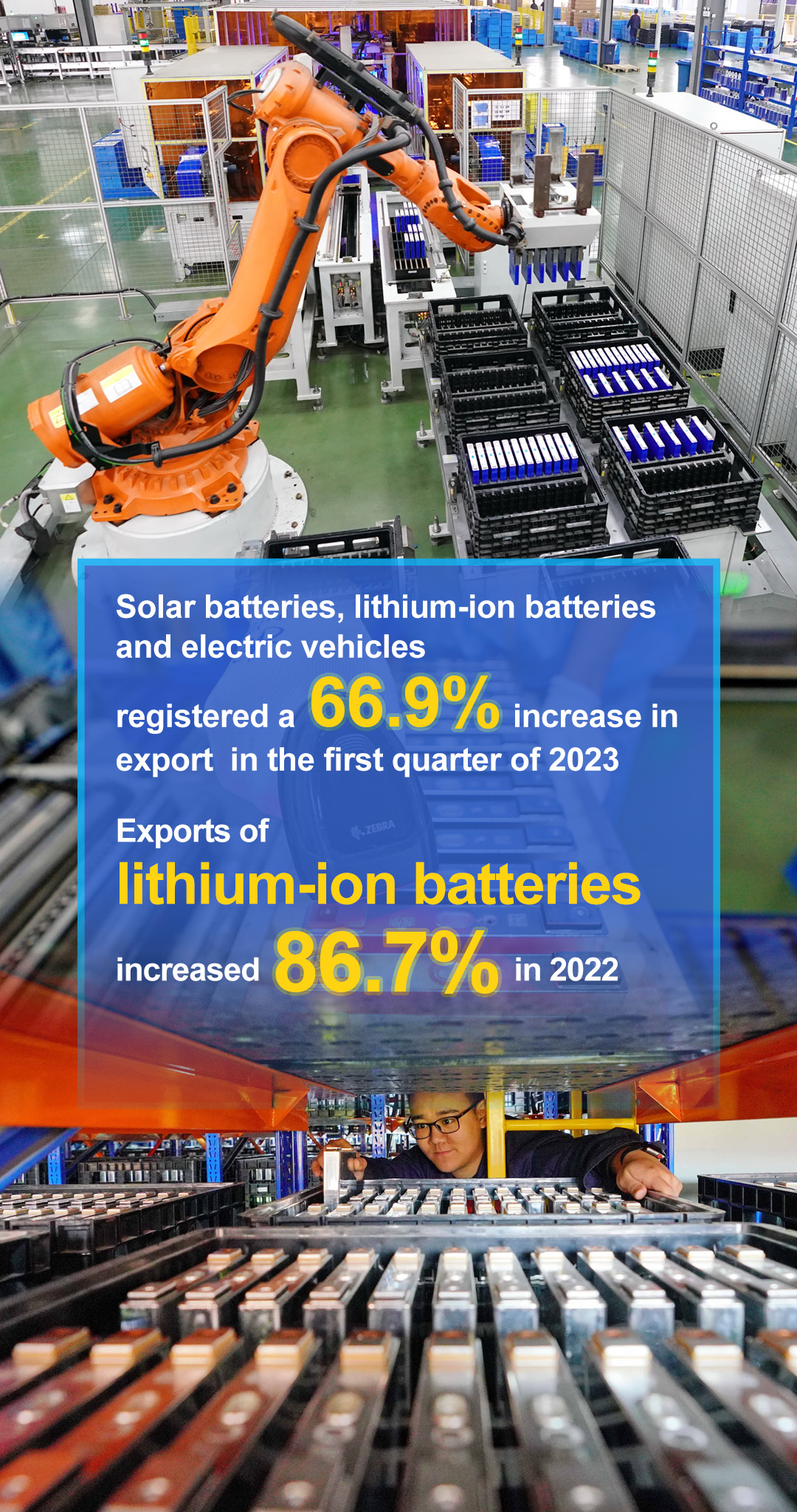
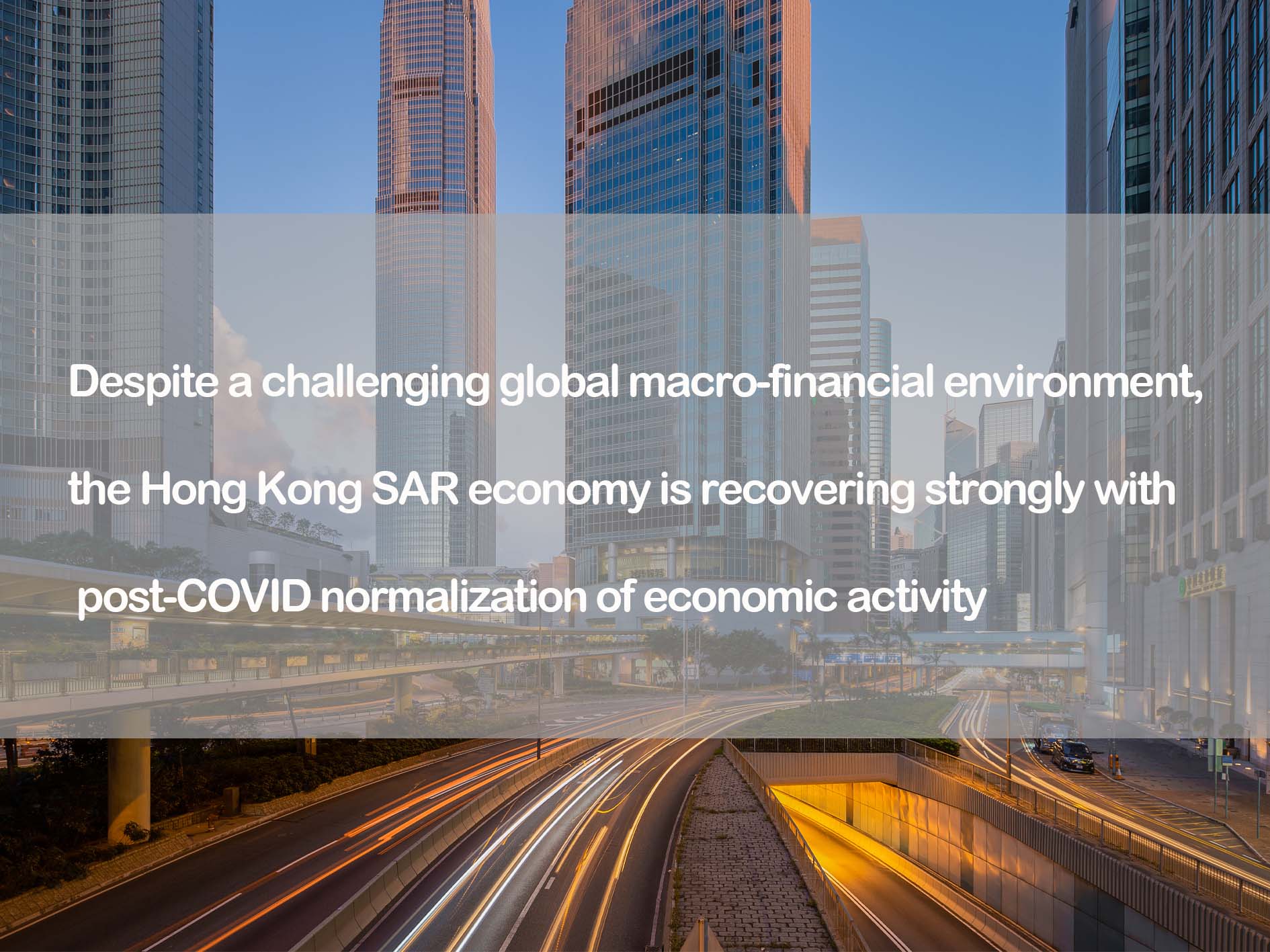



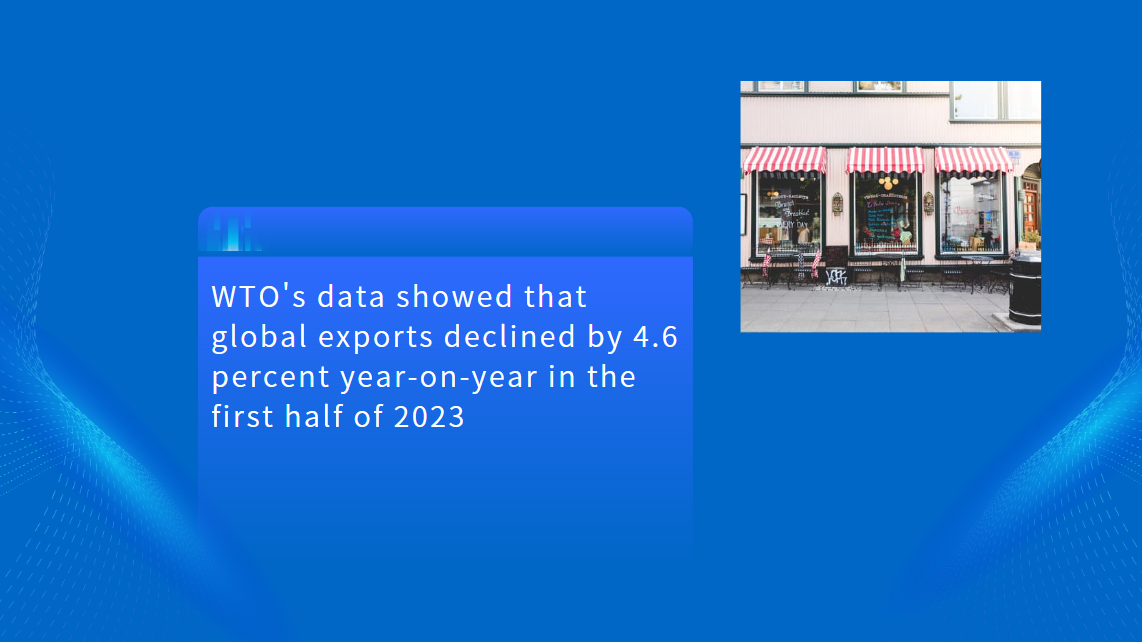
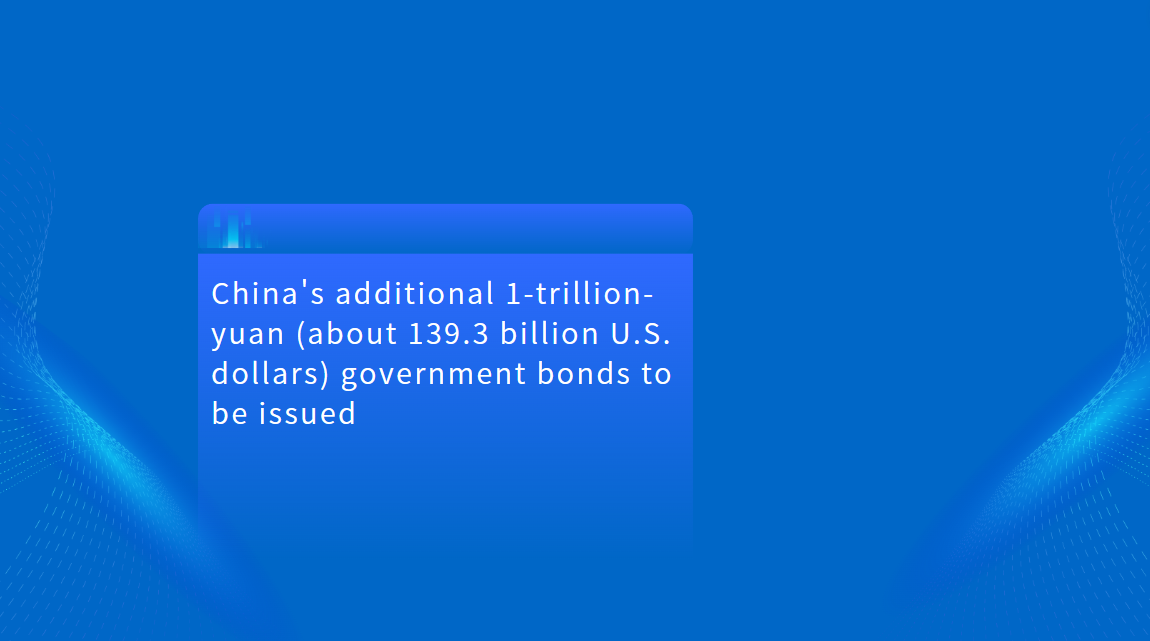


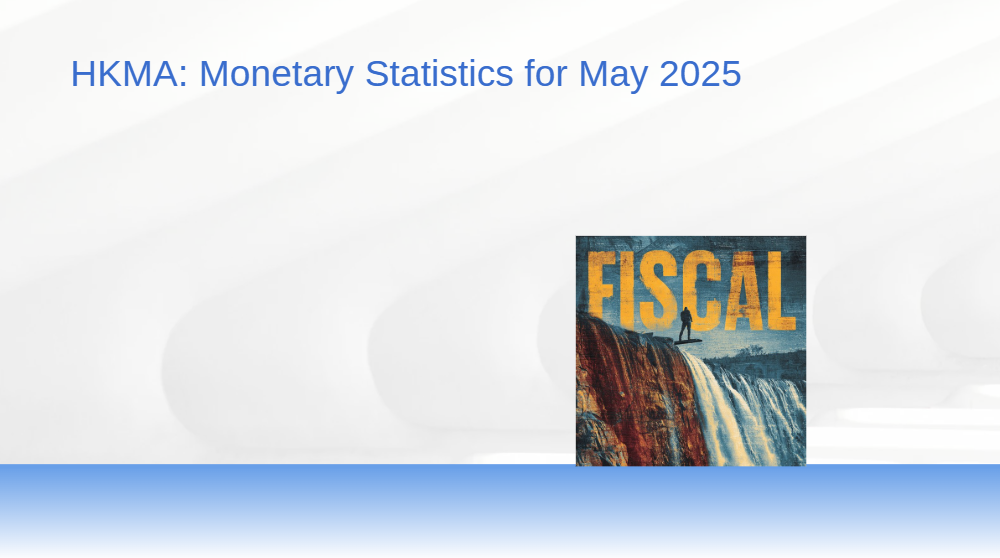
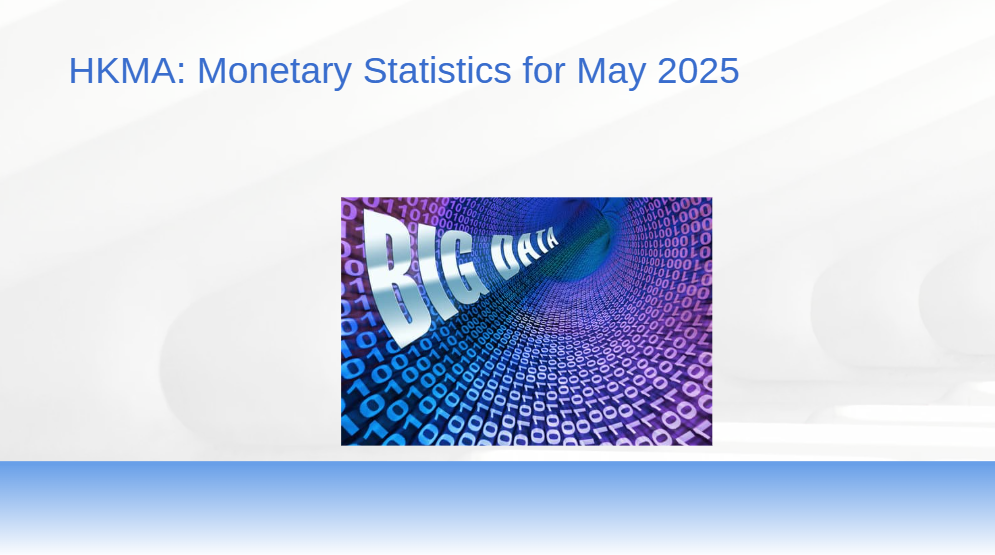
















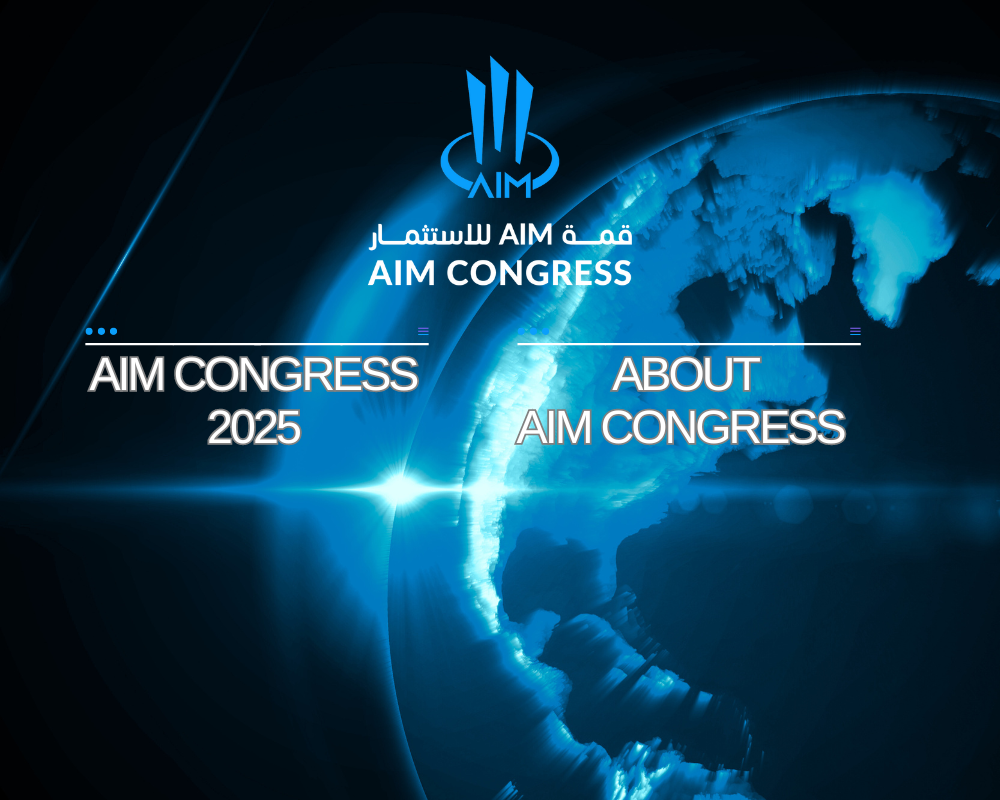












First, please LoginComment After ~